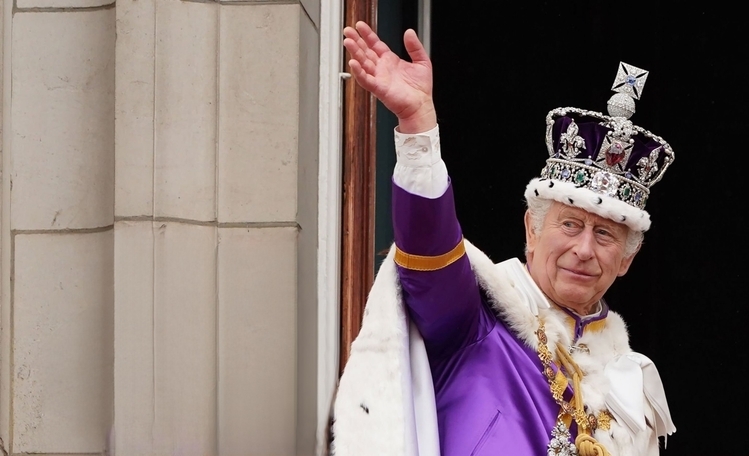Labour’s Fit for the Future Fund to increase tech in the NHS
- 9 October 2023

The Labour Party has proposed an extra £171m per year for a Fit for the Future Fund, which will equip the NHS with state-of-the-art equipment and technology in a bid to cut waiting lists.
The fund would provide enough funding to double the number of CT and MRI scanners in the NHS over a parliament, and would require trusts to procure scanners with built-in artificial intelligence tools in order to improve the accuracy of diagnoses and speed up the process.
For those trusts that don’t need to update their scanners, the fund will be used to purchase other equipment and technology to boost productivity.
As well as funding new equipment, the Labour Party will also streamline the procurement process and cut unnecessary red tape, supporting innovators to get their products into use within the NHS as quickly as possible.
Wes Streeting, MP, Labour’s shadow health secretary, said: “There is technology available today that can help cut staff workload, diagnose more accurately, and get patients treated faster. It should be available on the NHS…
“Labour’s Fit for the Future Fund will take the NHS out of the analogue and into the digital age. We will arm the NHS with the cutting-edge kit it needs to cut waiting lists and get patients treated on time again. This is the first step in changing the focus of the NHS to catch illness much earlier and treat it faster, which is better for patients and less expensive for taxpayers.”
England lagging behind
According to research by the King’s Fund, the NHS has fewer scanners per person than all other comparable countries, including Japan, New Zealand, Greece and the US.
In comparison to 2010 – when the last Labour government left office – there are three times as many people waiting for diagnostic tests and scans in England. Despite the NHS target for 99% of patients to wait less than six weeks for a diagnostic test, this hasn’t been achieved since February 2017. Currently, more than 158,000 patients have been waiting over 13 weeks.
Responses from Freedom of Information requests have revealed that nearly half of NHS trusts (48%) are still using an MRI or CT scanner that is past the recommended life span of 10 years.
Sector reaction
Sir Julian Hartley, chief executive at NHS Providers, said of the fund proposal: “Labour’s Fit for the Future Fund is a positive step towards addressing outdated equipment in the NHS and could help bring down the record-high waiting list.
“Tackling outdated computer systems in the NHS is also essential for safeguarding patient data and protecting against cyber threats. What’s more, streamlining procurement processes and reducing red tape could help with the take-up of cutting-edge medical technology, giving patients faster access to advanced treatments and diagnostics.”
Despite the positive outlook, he cautions that careful planning is needed to ensure success: “However, the success of this plan hinges on the details of its funding and implementation. Clear allocation of resources, timelines, and transparency in the financial plan are essential.
“It’s important to remember that without also addressing underlying challenges, such as workforce shortages and ongoing industrial action, this plan risks falling short.”
The Fit for the Future Fund will be paid for by abolishing the non-dom tax status, which allows people who live and work in Britain to pay their taxes overseas.
Speaking at the NHS Confederation Expo 2023 in Manchester in the summer, Streeting outlined Labour’s plans to modernise the health service.




